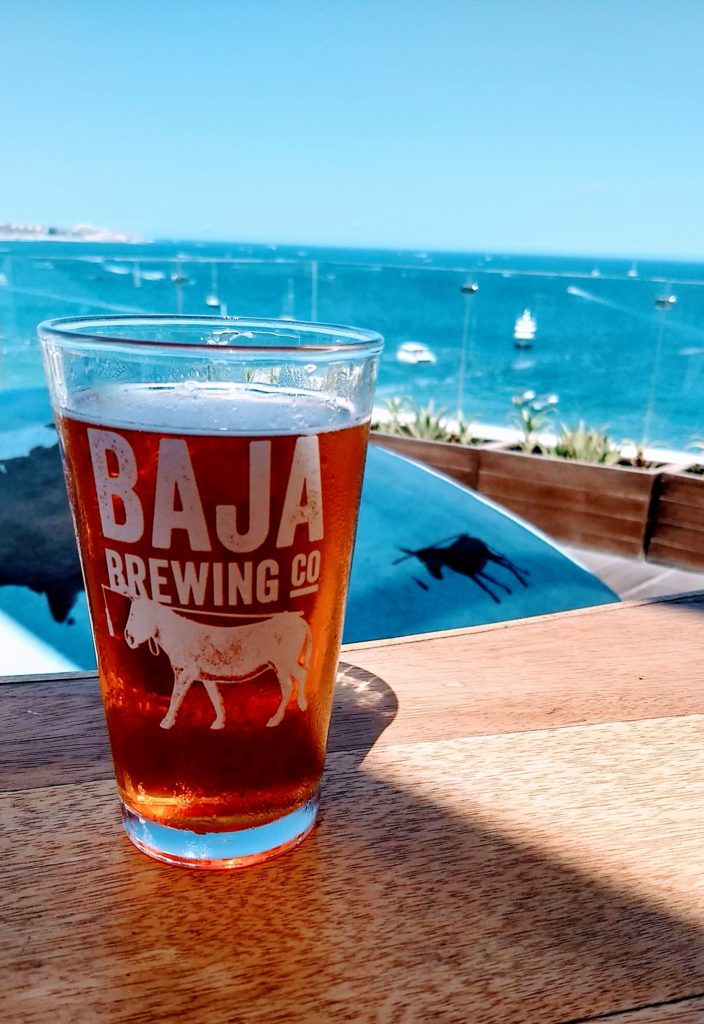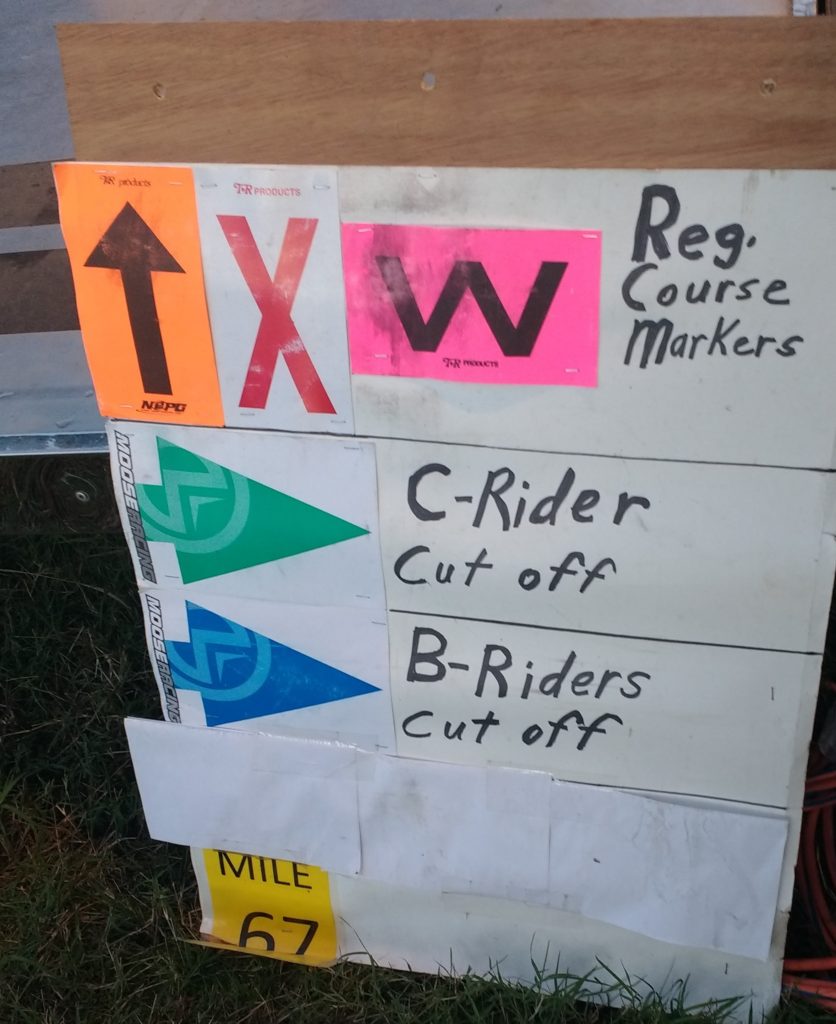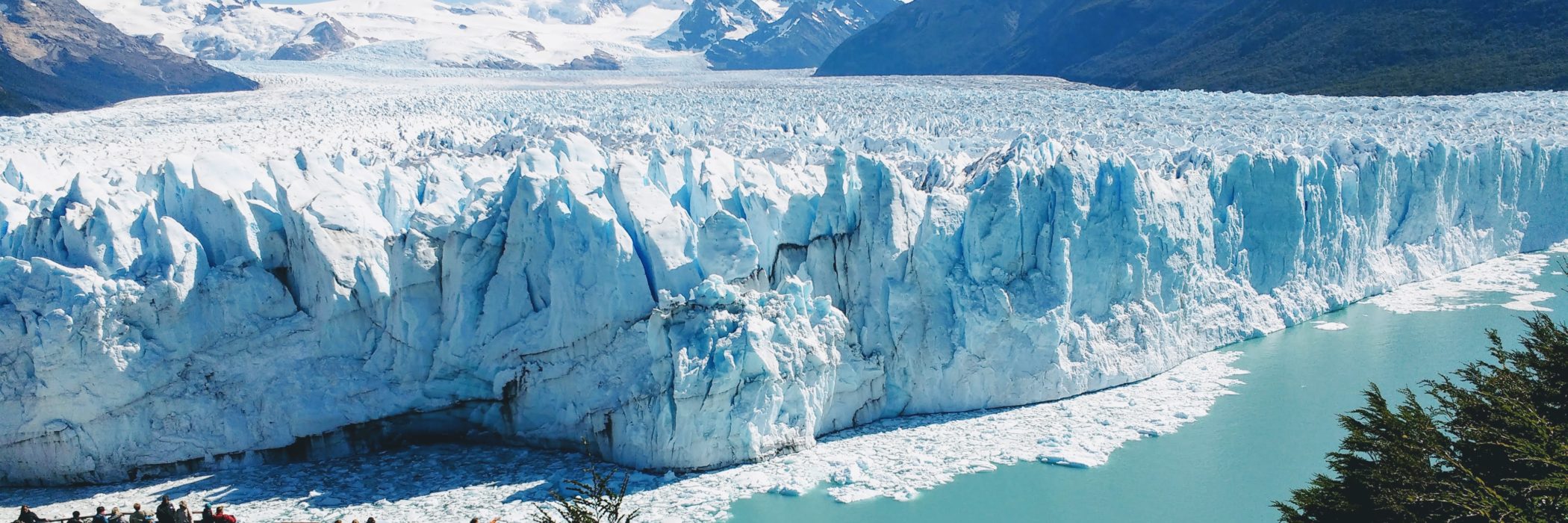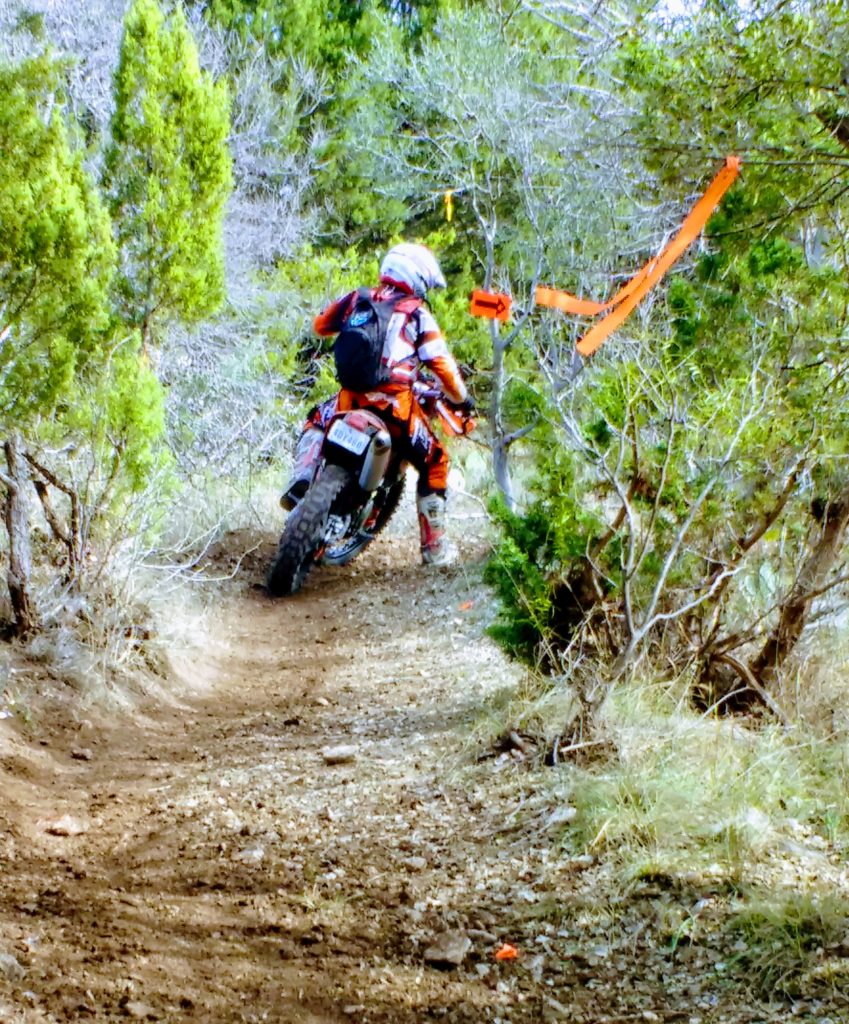Cabo: Tacos, Beaches and Beer
I didn’t know what to expect when we headed to Cabo San Lucas with my adult family. All I knew was it’s a spring break favorite with great beaches, and we soon learned why. Although, I’d been to Mexico many times, this was a first to Cabo for all seven of us.

As we touched down, we were informed my sister and her husband’s luggage did not arrive. Not a good start, but about five hours later the bags were delivered to the resort. After putting the bags through security, we thought we were exiting the airport, only to be “helped” by what we thought were airport workers who would tell us where to go and give us maps. In fact, they were trying to sell excursion packages. So just keep walking and as soon as you exit to the outside you’ll see rental car companies and taxis. It’s a quick shuttle ride to Alamo rent a car. However booking through a third party travel site, doesn’t tell you the real price of the rental. I even called and it was no help, so I had no idea how much the weekly rental for a Nissan Sentra would be – it was about $175, and they require you to buy a bunch of insurance. We had no issues with the car, but I’d prefer to know what I’m getting into ahead of time.

Beaches
So we are finally on our way to the beach! We booked an AirBnB close to Medano beach and just a 10 minute walk to the Marina. The location was great, walkable to many excellent restaurants, bars and shopping. But vendors, tourists, jet skis and boat taxi traffic packed Medano beach (my only complaint). And I was looking for somewhere my siesta wouldn’t be interrupted. So we took a short drive to Playa Chileno, where the snorkeling was excellent, there were few people, it was clean, free and no vendors. Playa Santa Maria cove was similar, but wear water shoes for all the small rocks. The public beaches were really awesome, so I’d highly recommend checking them out. Easy free parking lots, with bathrooms and did I say “No vendors”?

We did take the water taxi to the very popular Lover’s Beach (no, you can’t drive there). My husband perfectly described getting off the boat as a ‘rodeo’ (we’re from Texas, after all). We jumped off the boat in waist deep water that had significant waves that pushed you into giant rock towers. Beware of the rough water exit if you have small children. The taxi cost $10-20/person plus tips (but negotiate before you get on – it took one second to get $150 down to $100). The glass bottom taxi ride was nice though, and we saw fish, sea lions, and really cool jumping stingrays.

The snorkeling in the area was good, but I also really wanted to surf. There’s a few good surf spots near Cabo, but we decided to take the 45 minute drive north to the Pacific side. We stopped at Los Cerritos for some good beginner surf. We rented boards on the beach for $25 for the day, plus $10 for a wetsuit. Yes, it was that cold. After surfing, I opted for an hour massage for another $25. Vendors are allowed here, but there weren’t many. At some point that day we lost our AirBnb key somewhere on that beach, but some angel turned it into the lifeguard! So, pretty much best day ever!
Good Eats

The food was the best surprise ever! We tried cheap taco places and expensive lobster places and all of them were amazing. The Office had great food and presentation, but don’t sit right on the beach to avoid the vendors hovering over you while you eat. Go to Taco Gus, probably my favorite place, for cheap tacos. A shrimp taco will set you back about $2.50 with five different salsas. Gardenia tacos was a close second. For something more romantic go to Roasted, Baja brewery for a great view, and Tres Gallos for the ambiance.

Cabo had a lot of offer for our family, and was a memorable trip I know we’ll tell stories about for years to come.
Tips:
- Click here for $40 off your first stay with Airbnb.
- Rent a car. From the airport, it’s 35 minutes and $5 on toll (they take USD), or 50 minutes for the free scenic route along the coast.
- There’s a Walmart close to Playa Medano, stop there for snacks, drinks, and extra sunscreen.

Through the Gears: Dirt Bike Enduros

I’ve completed many different races, and I’ve spectated many races, but when my husband started racing dirt bike enduros we had a lot to learn. Many get into racing because they know someone doing it, but if you don’t maybe this can shed some light. In the past three years, we’ve had a blast traveling from middle-of-nowhereville West Texas to Oklahoma to Colorado. But no matter how demanding each race is, it felt difficult to just get started in the sport. Hopefully I can share some helpful information, from a racer and spectator’s perspective, to get you from casual rider to podium killer. Okay, okay, maybe not the podium part, but as I tell my husband, having fun is practically a win.
Getting Started
Probably the most intimidating part to any sport is transitioning from rider to racer. But if you are already into dirt biking then you are used to being challenged, go ahead – take the leap! If you want to get into dirt bike riding for racing or just for fun, send an email here for lessons info.
Before the first race, I had a million questions. TSCEC, or Texas State Championship Enduro Circuit, is Texas’ enduro series which hosts a number of races each year. But since we are usually driving many hours to get to different race sites anyway, we also went to a RMEC race, which is the Colorado circuit, and Blackjack, out of Oklahoma. The organizations are volunteer run, and those volunteers do an amazing job organizing and maintaining the safety of the racers on trails that may cover 100 miles.
Most of those race-day questions though may not be answered. As a racer, I’m used to knowing the route, terrain, and elevation changes. For these races you may only get the mileage, because part of the challenge is being able to adapt. If the mileage seems daunting, it is broken up into tests with a short rest time of 5-10 minutes between each depending on when you finished the last test. It’s still tough but it’s not full throttle the whole time. Racers are divided into classes based on ability. AA and A being the top classes and C being the jumping off point for newer racers. C class riders usually have a shortened version of the A/B tests, called the “short course”, or “super-short course” for the younger racers. Classes are then broken up further based on age or your bike’s engine size.

Race Day
Once you’ve put time and mileage on the bike and are ready for your first race, what’s race day like? Every race day will start with a rider’s meeting about an hour before the official race time start. However, based on your number you’ll start that many minutes after the official start, as riders are released in rows every minute. So, if your race number is 12, the rider’s meeting will be at 8am, race starts at 9am, and you’ll start on your first test at 9:12am. From there you’ll follow the marked course until the end of that test, where you’ll line up again just like the first test. The marker tape and arrows are your life line to stay on course, and more info on that is typically given during the riders’s meeting. There may also be a designated gas stop break, to allow refueling of your bike and your body.

If you are feeling nervous, don’t worry you won’t be alone. Everyone had their first race once, and although there’s sadly few women racers, there are men of all ages and abilities. And the camaraderie is as good as any other trail sports I know. Eventually, after 4, 5, 6, or even 7 hours you’ll finally finish! Time to eat!
Spectating
Enduros are mostly not spectator-friendly. There may be a few spots where you can see your racer at the start or end of a test. But most of the hours I read or hike around. Most races are held at private ranches, where there’s probably no cell coverage. There also may or may not be food trucks, so always take snacks. The race may also be quite a few miles from any town. Plan to stay at the race site for many hours, and plan to not be able to get food immediately after the race, unless you traveled in an RV. I mostly go to provide my husband some company on the road trip, since he’s done the same for me.
Tips:
- Bring your own food and drinks for racers and spectators.
- Bring a towel.
- Wear boots for the cactus, mud, mesquite needles etc.
- Bring cash for a race shirt, which are usually provided by the sponsoring area riding club.
- Check the TSCEC website for the race schedule. About a month before each race a flyer will be posted with the race’s mileage.
- During training, practice being on the bike for 5 hours.






